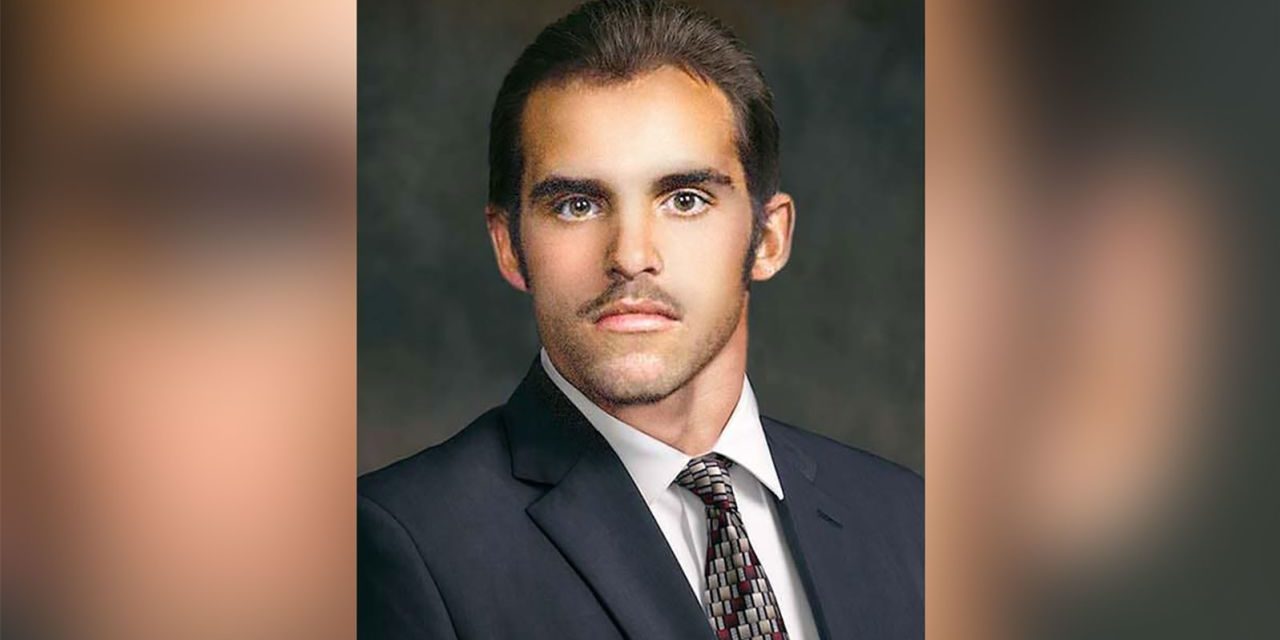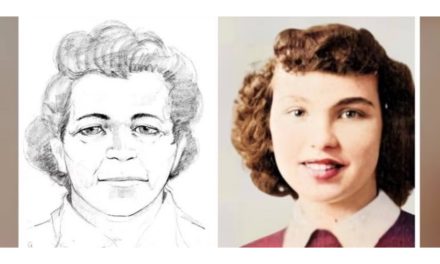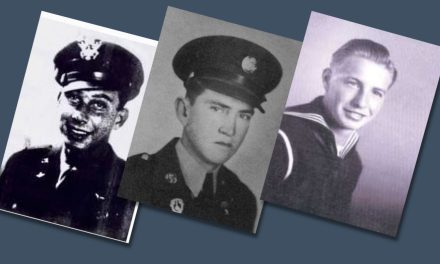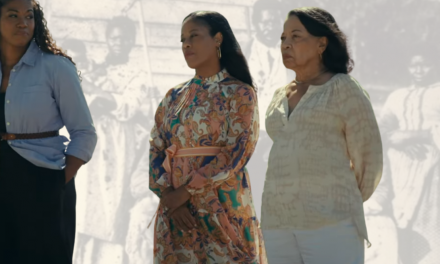Forensic genealogy has been used in a case dating back to 1991 when hunters happened across mysterious skeletal remains found on a private farm lane in Pickaway County, Ohio.
According to Pickaway County Sheriff’s Office, the remains had been abandoned in a shallow grave for approximately three years. At first, it was assumed that the remains were of a Native American woman around 25 years of age. This was due to the location of the findings and the petite statue. However, further investigations found this not to be true.
Over the years, forensics and DNA analysis has come a very long way. This strengthened the investigation, and additional evidence eventually came to light. In 2012, the previous belief that the remains were of a female was scrapped. This was due to a DNA extraction of the bones conducted by scientists at the University of North Texas which found the remains belonged to a man. It also told scientists that he may have had ancestors on the Indian Subcontinent.
Ohio Attorney General Dave Yost commented on the nature of DNA technology before:
For a lot of years, the only thing that was available was criminal databases for DNA. So, if your John Doe, your unknown, is a person who committed a crime, that’s great. But if not, DNA does you no good at all.
Ohio Attorney General Dave Yost
Genetic genealogy has since done wonders for investigative purposes. Company AdvanceDNA helped with the process by uploading the DNA profile taken by the scientists to family tree databases over the course of several months. Amanda Reno from AdvanceDNA said:
We built an expansive family tree containing over 4,000 people. Our research stretched into Virginia, Kentucky, Canada and all the way to England. Distant cousins and other relatives matching the DNA volunteered their time and would check in regularly, hopeful for updates in his case.
Through our research, we were able to develop a specific profile for the individual.
Amanda Reno of AdvanceDNA
Using a “multistep verification process,” it was then revealed that the remains belong to Robert A. Mullins, of Columbus, Ohio. According to his family, Mullins’ reportedly went missing when he was only 21 years old in 1988 or 1989. Dave Yost commented on the benefits of DNA advancements in recent years:
This is a case about science advancing, DNA gets better all the time. We’re all going to die at some point – it’s the one thing that’s certain about our lives on this earth, but what a tragedy to die unknown – to not have a name to put on a memorial.
Today, that circle closes. And that’s the first step on the rest of justice.
Since the true identity of the remains how now been discovered, authorities have reported the investigation to continue as a homicide investigation.




